Spain.
Philip III,
100 Escudos 1609,
Segovia.
Unique.
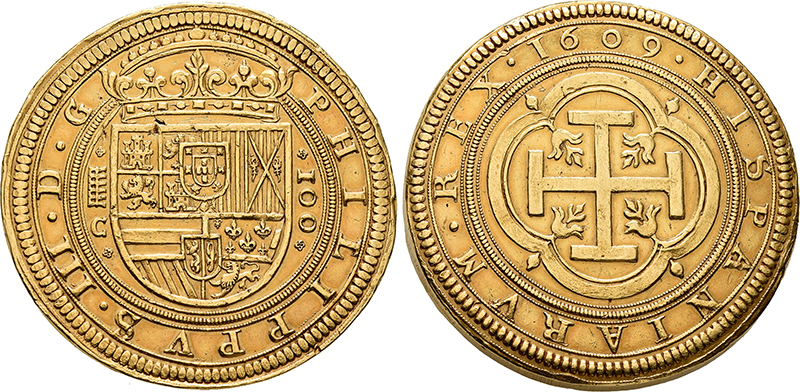

Roman Republic.
Cleopatra VII and Mark Antony,
Tetradrachm 36 BC,
Antioch on the Orontes.
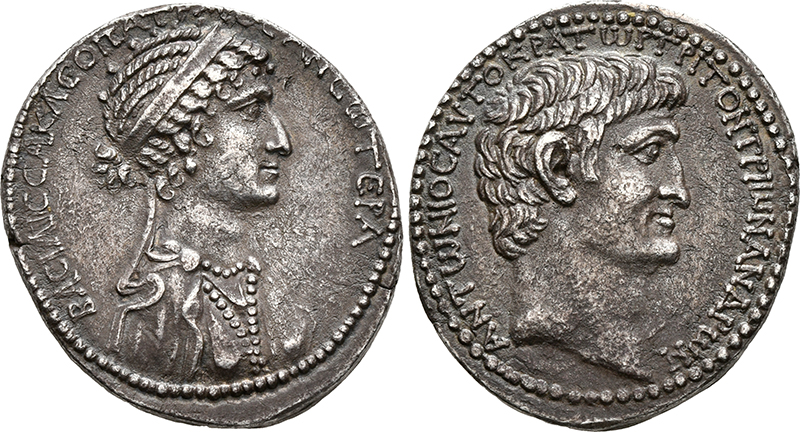
Great Britain.
Henry VII,
Gold Sovereign,
type I, Cross Fitchee, n. d. (1492),
Tower mint.
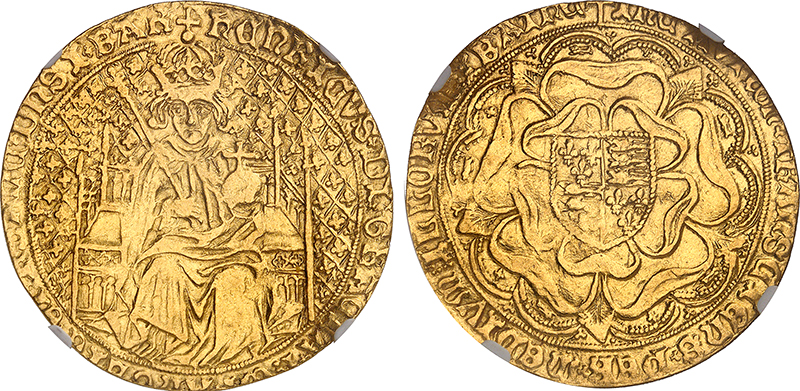
Archive: People and Markets
2023 World’s Fair of Money in Pittsburgh
In the international coin world, there are a few events that are set in stone. One of them is the American Numismatic Association’s World’s Fair of Money. Ursula Kampmann attended the 2023 show in Pittsburgh.
Heimerle + Meule Group becomes HM Precious Metals
Following a number of major acquisitions in recent months, the Heimerle + Meule Group is now adapting its name – not least to make it easier to pronounce internationally.
Archive: Coins, Medals and more
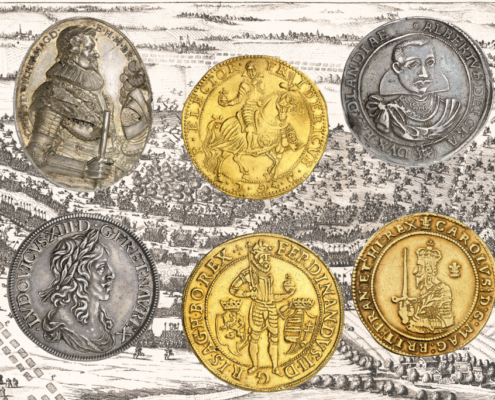
The Protagonists of the Thirty Years’ War: A Slightly Different Preview of Künker’s Auction 410
On 23 September 2024 Künker will auction off a breathtaking collection including many multiple gold coins, multiple talers and rare medals relating to the Thirty Years’ War. We present the most beautiful pieces, and explain why the men depicted on these issues took part in the Thirty Years’ War.
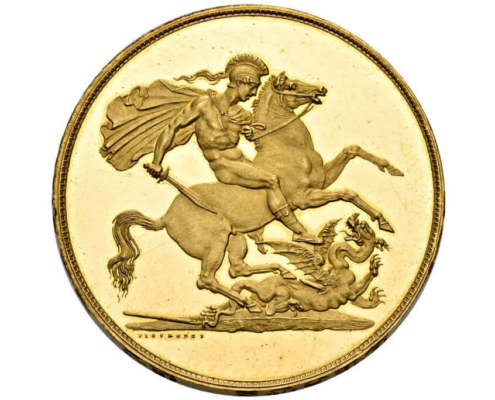
As the King Lay Dying… – The Most Spectacular British Gold Coin of the Modern Era
In Part 4 of its extraordinary British Collection, SINCONA will be presenting several extremely rare patterns, some of which are the best-preserved specimens available on the market. In this article, we tell their story.







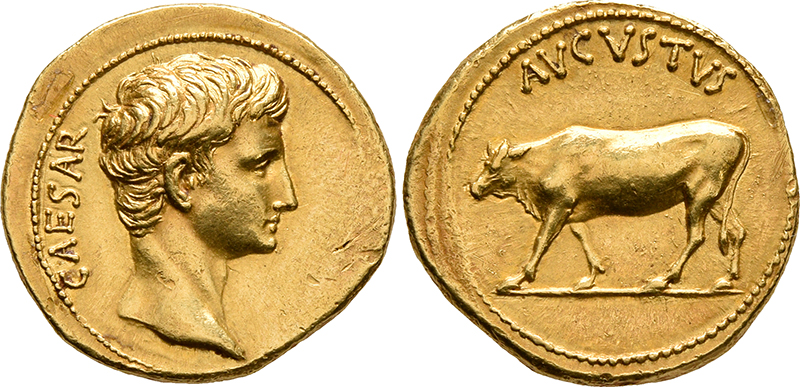
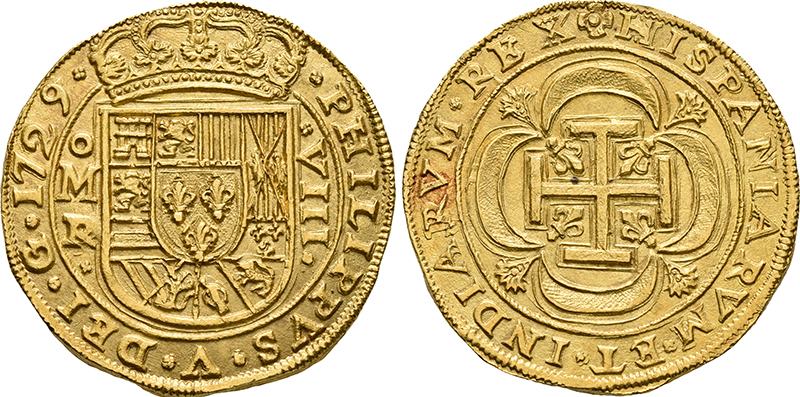
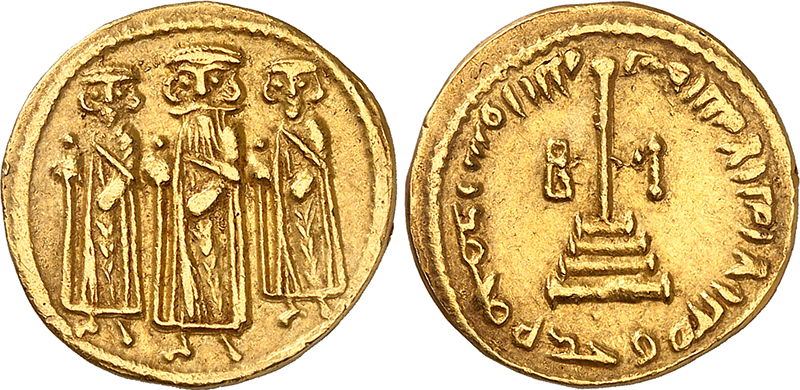
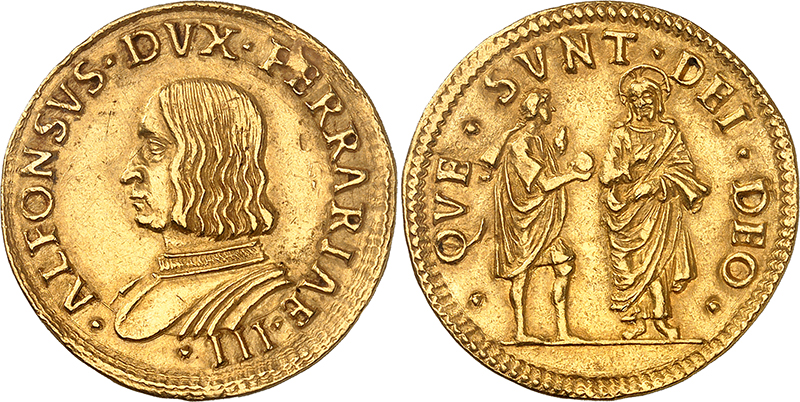
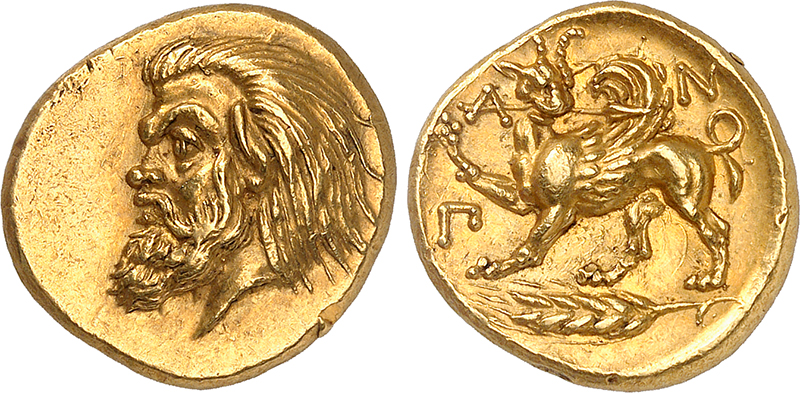
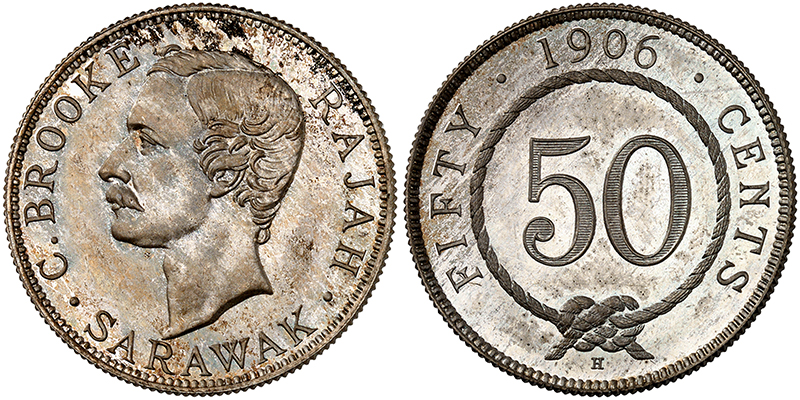
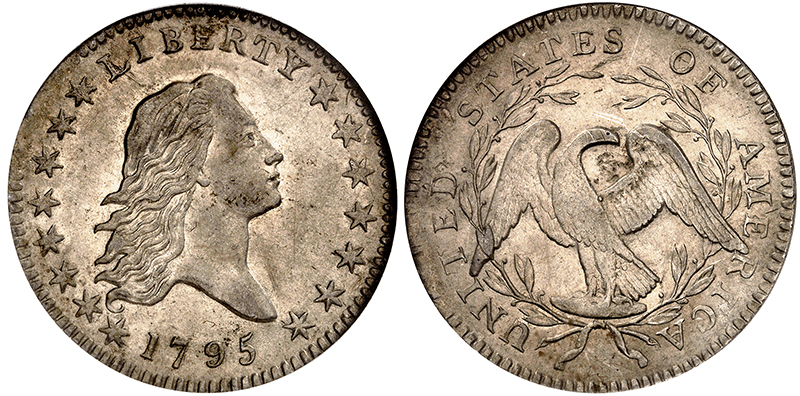



Take a Virtual Tour Through the ANA’s Americana Gallery
The Americana Gallery at the ANA Money Museum guides visitors through the history of money in the United States, with many rarities of American numismatics on display. Now, you can explore this exhibition from the comfort of your home, thanks to a newly launched virtual tour.
The Numismatic Index numindex in November 2023 – Your Feedback Counts!
At the beginning of the year, numindex was launched as a kind of stock index for coins. In addition to regular updates, some helpful new features have since been introduced. Your opinion as a CoinsWeekly reader is now needed!